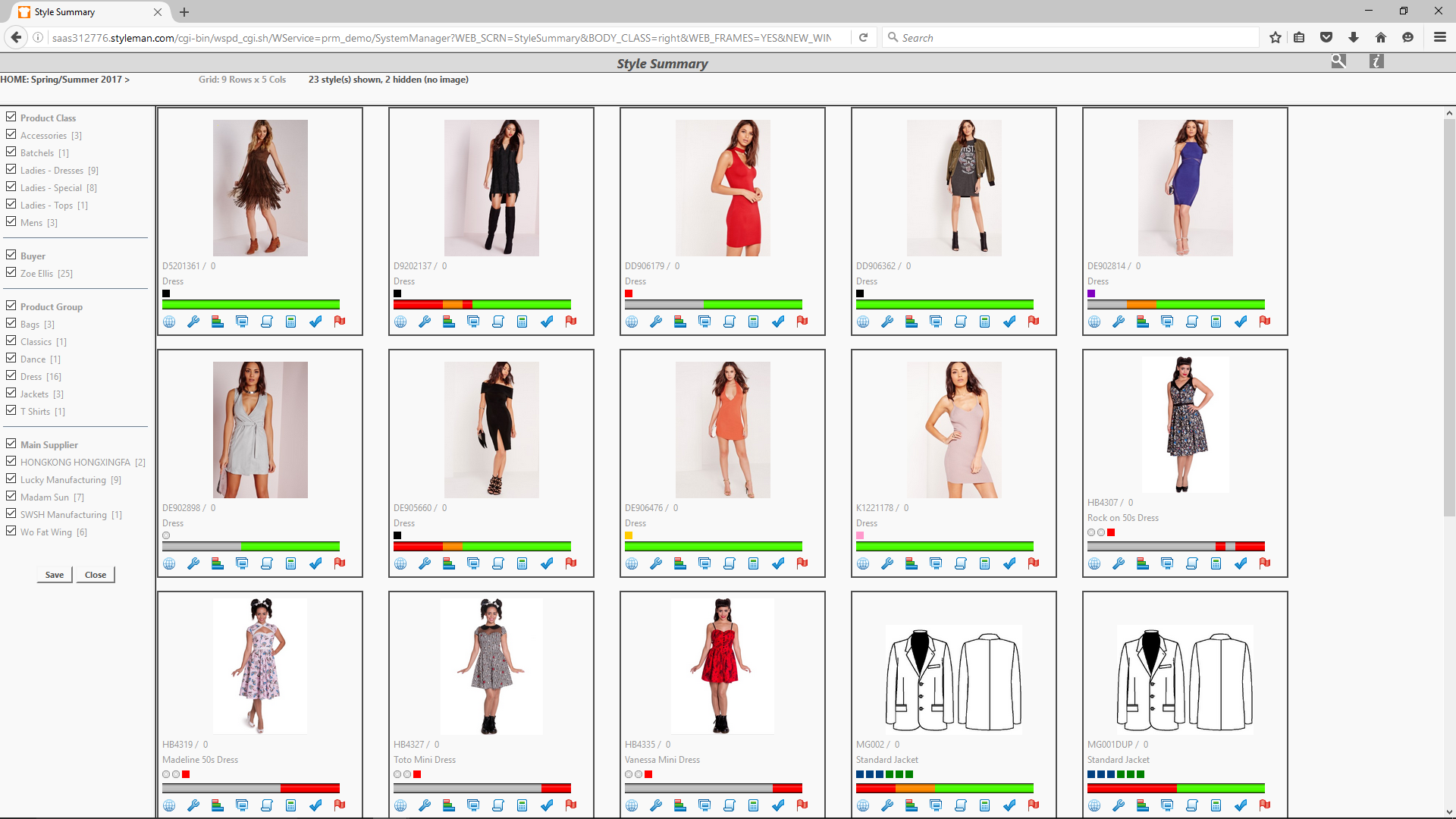
Choosing and installing a PLM system is very different to other solutions that you may have implemented within your business. Accounting and Warehouse Management systems are designed to fit a narrow, well-defined problem across businesses of all types. Product Lifecycle Management systems address a much more nebulous problem, which is harder to define and therefore more difficult to solve. This is often why PLM implementations fail; not through system shortcomings, but through mismatched expectations.
In this article, we pick through some of the questions to ask yourself when considering a PLM solution.
Do I really need a PLM system?
If your collection is relatively small, or has a high proportion of repeating styles, or is currently managed by one or two people, the answer is probably not. Development of small collections, or minor updates to a core product set can be managed quite adequately on spreadsheets. For PLM to be of benefit, there needs to be a problem to be addressed, such as a large collection generating a lot of data points, a large development team with collaboration problems, or the need to track compliance issues.
Where does PLM start and end?
Does it start with a planning meeting, a range plan, blocks, designs? And where does it finish, with a PO for Bulk, or shipment, or delivery, or despatch, or clearance? The good news is that with most PLM solutions, a combination of any of the above should be possible, using the PLM’s critical path and integration from your ERP system. Most PLM systems cover at least the Design to Purchase Decision process, the better ones start earlier and finish later.
What benefits can I expect from my PLM system?
Certainly, having a single repository of all product data will give “one version of the truth”, rather than multiple spreadsheets. And managing the development via critical path will help ensure that no key events are overlooked. But also when the system is open to your suppliers, there should be a dramatic drop in the volume of emails and admin being processed internally.
Who will use my PLM solution?
Internally, most staff involved in the design and development process will need some access, although designers whose role is the origination of new ideas will have minimal input. Downstream, Product developers, merchandisers, garment techs and buyers will all have some involvement too.
And what about external users, suppliers, buying agents, testing labs and others? By all means, plan to include them in the process BUT get the system working correctly internally before opening it up to the wider world. Usually this will involve running for at least one full season.
Who should lead my PLM project?
It’s important that PLM has the visible backing of senior management, particularly because some staff like to be the gatekeepers of their own data and need some “encouragement” to embrace the new system. Promote the benefits for the business of commonality of data, standardisation and reduced administration.
What is the best way to implement a PLM system?
For seasonal businesses, implementing in line with the development of the collection is undoubtedly the easiest option; for businesses with continuous product design and development, picking a target event (eg “All new designs” or Ex-Factory date) is the best approach. If you have multiple brands or divisions, it is tempting to try to standardise the processes across the business, but this may not be possible where there are too many differences between them. Your PLM supplier should be able to steer you towards suitable best practice.
When is a PLM system live?
Unlike other systems your business may be using, PLM does not have a rigid framework to automate. As a benchmark however, producing a usable Tech Pack and Line Sheet are the best indications of a live system.
How can I justify the cost of a PLM system?
There is no quick calculator to give you an ROI figure for your PLM investment; indeed, a lot of the benefits are intangible. But often the trigger to install a PLM is the “expensive mistake”: the unsaleable product, poor quality component or tainted supplier that led to lost business or increased costs. The cost of a PLM system should be looked on as a medium term investment, with a minimum lifespan of five years. That annual cost should be compared to staff salaries, and the ability PLM has to manage more products without increasing staff numbers.
How do I ensure a successful PLM implementation?
If you have identified the requirement accurately, set your expectations and the expectations of the business, involved the users throughout the selection and implementation process, you’re well on the way to a successful PLM implementation.
For more information on STYLEman PLM and PLM systems in general, please call Tony Parkinson on (0)116 291 6666 or email sales@styleman.com. Full contact details are here.
